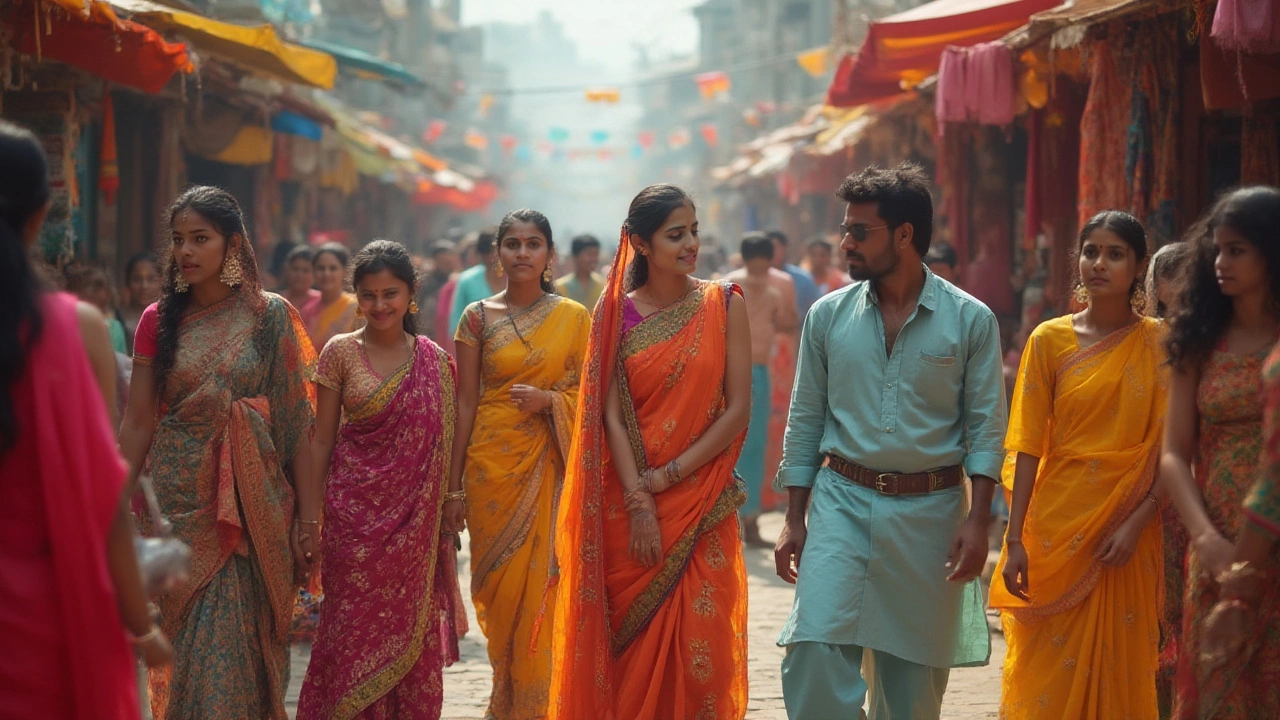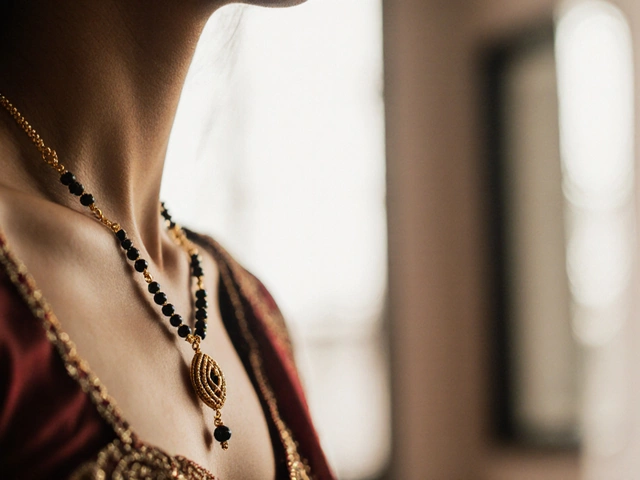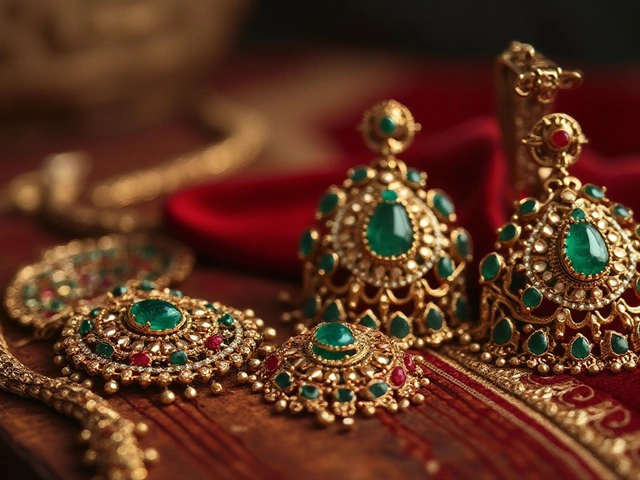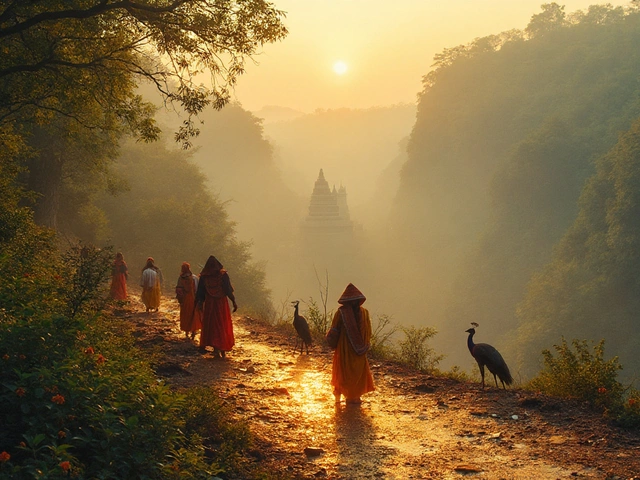Silk sarees shimmering at a Kerala wedding. Kurta-pajamas crowding the morning rush of a Delhi metro. If you travel anywhere in India—north, south, east, or west—you’ll bump into an endless showcase of traditional clothes. Some dresses paint the landscape of a single region. But certain ones? They've quietly slipped into wardrobes everywhere, mixing with daily lives and big celebrations. The country’s heartbeat is diverse, but a few iconic outfits have stitched people together for centuries, outlasting trends that fade faster than last year’s viral song.
The Unstoppable Saree: Navigating Diversity in a Six-Yard Wonder
Start with the saree—probably the most recognized dress in India. Every second woman at a festival, temple, or even riding a scooty in a small-town market, the saree is there—sometimes as simple cotton for a summer afternoon, sometimes an embroidered silk masterpiece on wedding day. Nobody can decide who wore the first saree, but ancient sculptures and old temple carvings suggest Indian women have wrapped themselves in versions of the saree for at least 3,000 years. This dress thrives because it adapts like no other: Bengali women wear it in a distinct ‘atpoure’ style with wide pleats, while Maharashtrian grandmothers swing theirs in the ‘nauvari’ (nine-yards, tucked like a trouser). South Indians drape their kanjeevarams with pleats at the back, perfect for temple processions.
The choices don’t end with draping style. Materials change by region and season. In West Bengal, cotton jamdanis keep things breezy. In Tamil Nadu, rich Kanjivarams mark weddings and religious festivals. In Gujarat, you’ll see mirror-work and bright bandhani patterns at Navratri celebrations. Bollywood might love the chiffon look, but real Indian wardrobes prove the saree has as many personalities as the cities themselves.
It’s not all about looks, though. Sarees double as baby slings, head covers in temples, or makeshift bedsheets on sleepy train rides. That versatility keeps the saree practical, not just pretty. In urban offices, younger women occasionally pair the saree with a t-shirt blouse or even wear it as a chic pantsuit for fusion events. Even the job market treats the saree as the unofficial uniform for teachers, airline crew, and government staff.
For travelers, saree shopping is adventure and education rolled into one. Each region guards centuries-old family secrets in its looms—Benarasi brocade, Chanderi from MP, Paithani from Maharashtra, or Pochampally ikats from Telangana. Spot these varieties, and you get a real taste of Indian geography. Many stores now sell ready-to-wear sarees with stitched pleats—yes, technology has found its way in. If you’re new to this, buy lightweight cotton or georgette and practice in front of a mirror. Pro tip: Wear a safety pin or two for zero wardrobe malfunctions.

Salwar Kameez and Kurta Pajama: Comfort Meets Culture Across Borders
If the saree is eternal, the salwar kameez and kurta pajama are quietly revolutionary. Traditionally from North India and Punjab, this combo—long tunic top and trousers—now fills college campuses and busy bazaars from Shillong to Surat. Want practical? Here it is. No fussy draping, easy for work or daily chores, and the freedom to run through monsoon puddles without worrying about tripping up.
For women, the salwar kameez usually bundles three parts: the kameez (tunic), salwar or churidar (pants), and dupatta (scarf). Younger folks lean toward fitted kurtis and stretch leggings, with the dupatta sometimes ignored except for formal events. Rural women stick to the classic baggy salwar and light tunic, great for humid fields. Urban variants churn out trendy prints—think floral palazzos with short frocks—spotted in shopping malls and social media reels. Even among Bollywood stars, designers have reinvented the look, adding jackets, asymmetrical cuts or unusual fabrics to this old-school favorite.
Kurta pajamas, meanwhile, own the men’s section. From a plain white kurta and drawstring pajama at home to a more polished churidar for weddings, the outfit works everywhere. Politicians and film actors mount stages in pastel-colored khadis; college students breeze through classes in loose cotton kurtas. Need to blend in at a Diwali party? Grab a bright Nehru jacket to toss over your kurta. In summer, the loose fit is a lifesaver—no wonder it’s still the first choice for Indian fathers walking their kids to school in the morning.
Want more evidence of their reach? Head to airports. You’ll spot airport staff, security, and travelers choosing kurtas and salwars for comfort on long flights. Even modern brands have jumped into the game, launching fusion-wear with jeans and tunics or office-ready cotton sets for men. A little tip: Buy outfits stitched from soft, breathable cotton or ikat for tough monsoons and humid Indian summers. Customize the length and sleeve style to suit your routine—shorter kurtas work for travel, while calf-length ones bring a dash of elegance for festivals or court trips.
Salwar kameez and kurta pajamas have also blurred India’s borders. They’re loved in Pakistan, Bangladesh, and Nepal—testament to shared roots. Even NRIs in New Jersey and London snap up these outfits for weddings and temple events, showing how some clothes hitch rides with people wherever they go. Try pairing a classic white kurta pajama with chunky Kolhapuri chappals and a printed dupatta for true pan-Indian vibes.
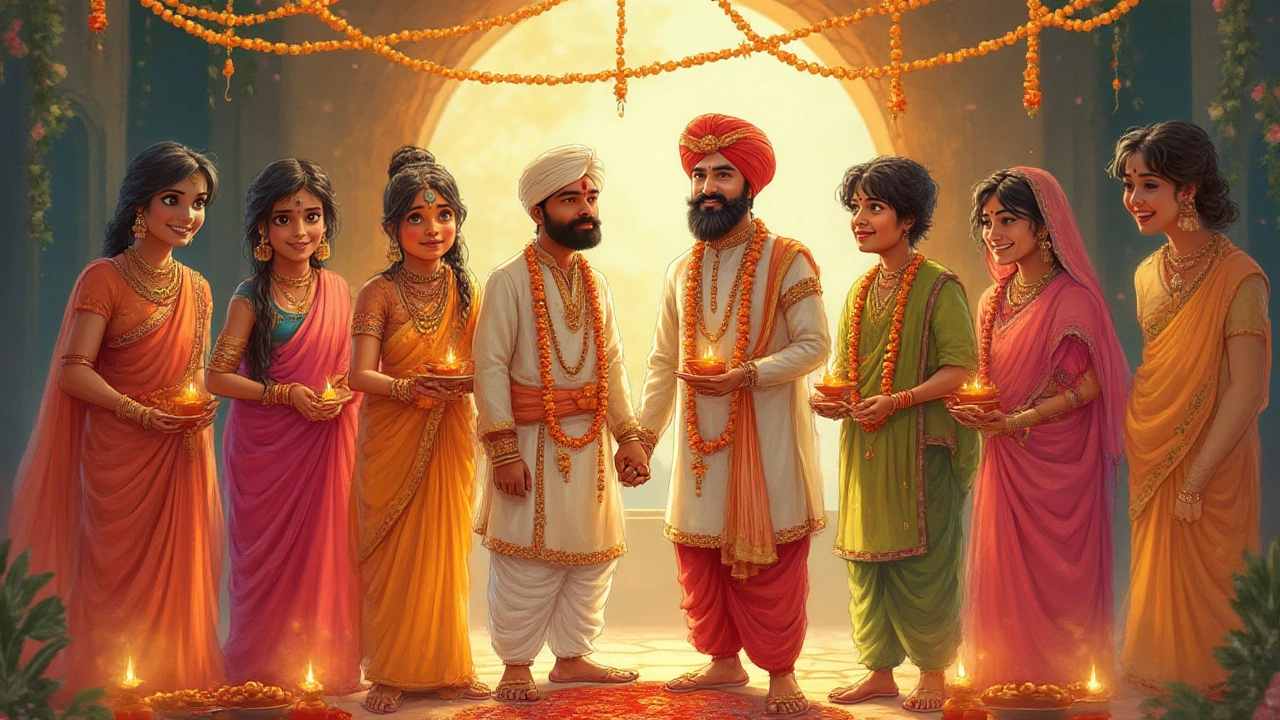
New-Age Fusion and Pan-Indian Staples: What People Reach For Daily
Do Indians still stick to traditional dress every day? Not exactly. But the lines are blurring. Walk through any city, and you’ll spot men mixing checked lungis with t-shirts, women mixing jeans with handloom kurtis, and office-goers rocking tailored Nehru jackets with sneakers. This blend isn’t rebellion—it’s adaptation. Job demands, climate shifts, and a mad love for color keep Indian clothes changing while keeping one foot in tradition.
One surprise entry: the Indo-Western dress. For women, anarkalis—those long, flowy frocks inspired by Mughal queens—aren’t just reserved for Eid or family gatherings. Girls wear them at work events, graduations, and even first dates. For men, the classic bandhgala (prince coat) is often paired with jeans for cocktail parties. And dhoti pants, once the stuff of village life, are getting runway makeovers across Mumbai and Delhi.
But hold on, there’s a hidden giant in this story—the humble dupatta and scarf. No other accessory pulls double duty as a sunshade, prayer cover, fashion symbol, and emergency towel. The bandana’s cousin in India is the gamcha, a thin checkered cloth found everywhere from Assam to Bihar. Families pass them down with pride; travelers use them as instant luggage slings. Each fabric, from block-printed cottons to silks and checks, shares local stories and family quirks. The same goes for men’s cotton turbans—favored in Rajasthan to beat desert heat, and in Punjab to keep identity alive.
Don’t forget: Indian dress is also seasonal. In chilly Himachal, woolen shawls replace silk, while Kerala’s men stick to airy white mundus and women to cotton set-sarees to handle the tropical heat. School kids still wear stitched uniforms, often blending local motifs or state colors, a nod to both national unity and state pride. On festivals, people bring out heavy lehengas, sherwanis, or ornate saree blouses, but go back to their pan-India comfort clothes the next day.
Want to try? Start with a simple straight-cut kurta in handloom cotton. Pair it with jeans, leggings, or even shorts. Throw a phulkari dupatta around your neck for a pop of color. Men can experiment with a khadi kurta over formal pants or blue jeans—instant style without sacrificing comfort.
The real star of Indian dress, though, is its ability to reinvent. People hold on to family heirlooms—a grandma’s Banarasi saree or grandfather’s handwoven turban—while still scrolling Instagram for the latest salwar prints and ready-to-stitch saree blouses. That’s the secret—India’s favorite dresses can turn up on a runway or a roadside tea stall. The classics stand tall, but what people actually wear is always up for playful remixing.
